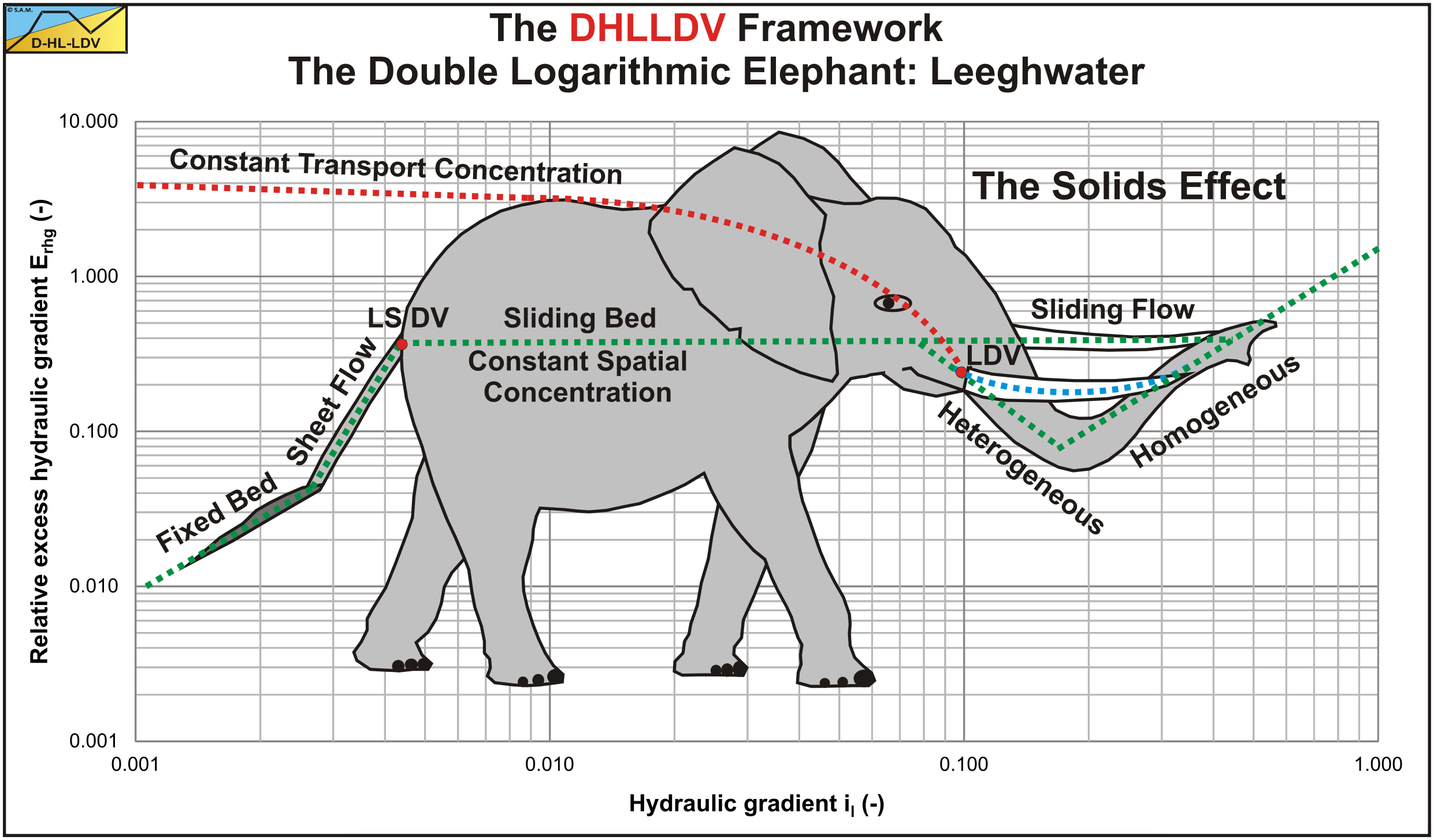1.3: The Parable of Blind Men and an Elephant
- Page ID
- 29194
Wilson et al. (1992), (1997) and (2006) refer to the old parable of 6 blind men, who always wanted to know what an elephant looks like. Each man could touch a different part of the elephant, but only one part. So one man touched the tusk, others the legs, the belly, the tail, the ear and the trunk. The blind man who feels a leg says the elephant is like a pillar; the one who feels the tail says the elephant is like a rope; the one who feels the trunk says the elephant is like a tree branch; the one who feels the ear says the elephant is like a hand fan; the one who feels the belly says the elephant is like a wall; and the one who feels the tusk says the elephant is like a solid pipe. They then compare notes and learn they are in complete disagreement about what the elephant looks like. When a sighted man walks by and sees the entire elephant all at once, they also learn they are blind. The sighted man explains to them: All of you are right. The reason every one of you is telling a different story is because each one of you touched a different part of the elephant. So actually the elephant has all the features you mentioned.
The story of the blind men and an elephant originated in the Indian subcontinent from where it has widely diffused. It has been used to illustrate a range of truths and fallacies; broadly, the parable implies that one's subjective experience can be true, but that such experience is inherently limited by its failure to account for other truths or a totality of truth. At various times the parable has provided insight into the relativism, opaqueness or inexpressible nature of truth, the behavior of experts in fields where there is a deficit or inaccessibility of information, the need for communication, and respect for different perspectives (source Wikipedia).

Figure 1.3-1 shows a comparison between the parable of the elephant and slurry flow. Slurry transport also has many truths, points of view. Experiments can be carried out with small versus large pipes, small versus large particles, low versus high concentrations, low versus high line speeds, low versus high particle diameter versus pipe diameter ratios, laminar versus turbulent flow, Newtonian versus non Newtonian liquids, low versus high solid densities, etc. Depending on the parameters used, experiments are carried out in different flow regimes, or maybe at the interface between flow regimes, resulting in different conclusions.
Wilson et al. (1992), (1997) and (2006) show with this parable that the research of slurry flow often focusses on different parts or aspects of the process, but not many times it will give an overview of the whole process. The starting point is that every researcher tells the truth, based on his/her observations. Combining these truths gives an impression of the aggregated truth, which is still not the whole truth. The 6 men for example cannot look inside the elephant, only touch the outside. The internal structure of slurry flow may however be very important to understand the slurry flow behavior. The 6 men cannot access the memory of the elephant, which is supposed to be very good. In long pipelines the overall behavior of the slurry flow does depend on the history, so the memory function is also important. The Double Logarithmic Elephant is named after the student association of Mechanical Engineering of the Delft University of Technology, Leeghwater, using the elephant as their symbol. Leeghwater stands for strength, precision and of course hydraulic transport through the proboscis.


